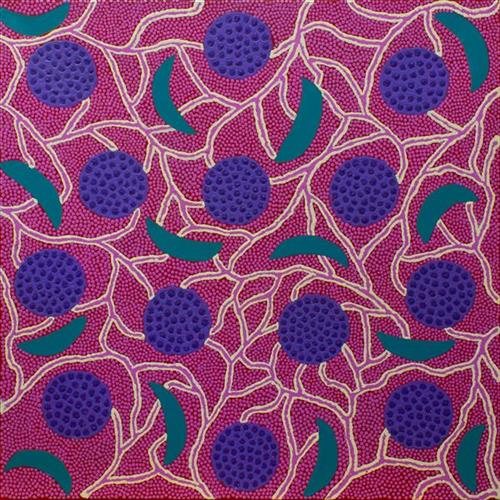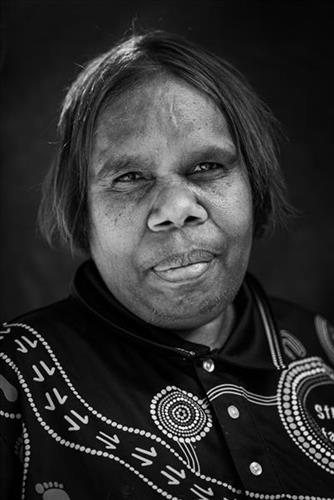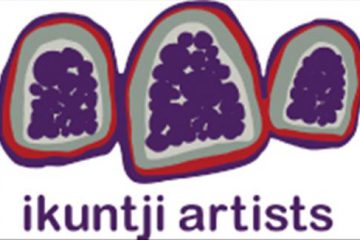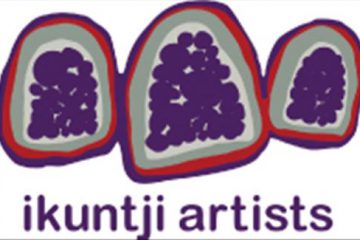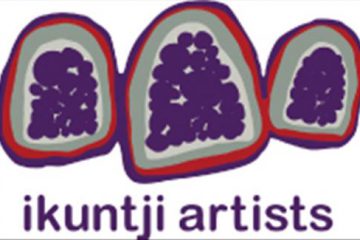220282375700
Wanpanpi – Bush Coconut
“Wanpanpi, the bush coconut. You can’t just eat it because it has a hard shell. When you get it from the tree you have to hit it with a rock to open it up to see what kind is inside, then you can eat it. When you go hunting you can collect these, it’s in a tree like a gum tree. They use that tree for Sorry Business. They are in the top of that tree with the gum nuts, its got seeds that you can make into a necklace. When people pass away they use those leaves and branches to walk into the place where the person used to be and give respect, feeling empathy. The tree is important. It’s special because people can use it.” – Joyce Dixon
